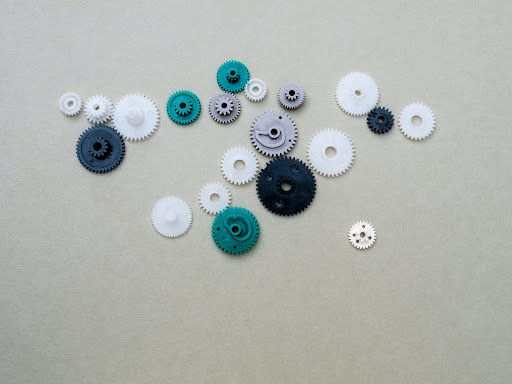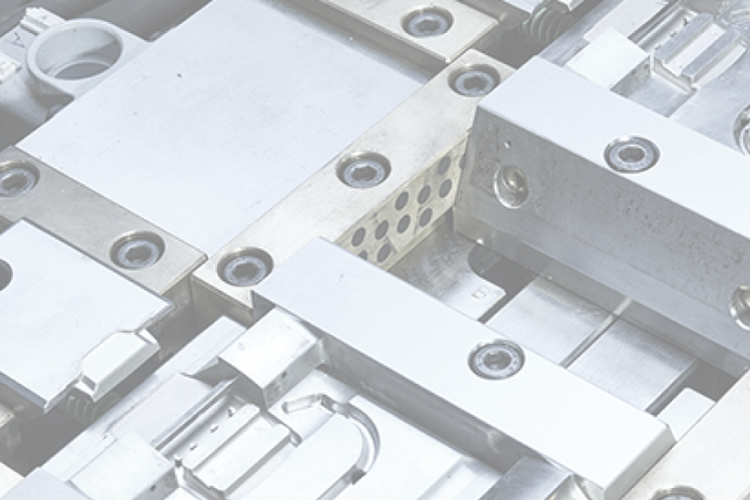Understanding core and cavity in plastic moulding: design, materials and best practices
In the industry of plastic injection moulding, the terms core and cavity are fundamental. These two components form the basis of any mould and directly influence the shape, quality and precision of the final product. Understanding how core and cavity in plastic moulding work is essential for manufacturers aiming to produce highly detailed and efficient moulded parts.
This insight provides a comprehensive overview of core and cavity injection moulding, how these elements are designed and manufactured and what materials are typically used.

Why are core and cavity important in injection moulding?
The role of core and cavity in plastic moulding is critical because it influences every phase of the moulding cycle. From the structural integrity of the part to its surface finish and from the tightness of tolerances to the ease with which the product is ejected from the mould, everything depends on how these two elements are designed and manufactured.
If the core or cavity are not correctly dimensioned or aligned, defects such as flash, short shots or warpage can occur, compromising the quality and functionality of the final component.
To dive deeper into a specific solution that improves part consistency and helps avoid these issues, discover how the pass core works and why it plays a strategic role in high-precision injection moulding.
Read more about pass pass core injection moulding: why it is important
Core and cavity design: how it works
Designing core and cavity for injection moulding is a meticulous process. It begins with the creation of a 3D model of the part, which allows engineers to define which features will be shaped by the core and which by the cavity. At this stage, critical decisions are made about the parting line and the application of draft angles to ensure proper demoulding.
Engineers also conduct undercut analysis to determine whether side actions or lifters are needed and carefully plan the cooling channel layout to guarantee efficient and uniform temperature control during each moulding cycle. Once the design is finalized, the actual mould components are machined with high precision to meet the required tolerances.
Materials used for core and cavity
The choice of injection moulding core and cavity material plays a major role in the performance and longevity of the mould. Tool steels such as P20, H13 and S7 are commonly used in high-volume production thanks to their durability and wear resistance. For applications where corrosion resistance is a priority - such as in medical or food-grade parts - stainless steels are preferred.
Aluminum may be selected for prototyping and short production runs due to its ease of machining and cost-effectiveness. In some cases, beryllium copper alloys are added to specific mould areas to benefit from their excellent thermal conductivity, helping to speed up cycle times and avoid heat-related defects.
Discover our products
How Idea Stampi designs and manufactures core and cavity systems
With decades of experience in mouldmaking, Idea Stampi provides end-to-end solutions for core and cavity injection moulding. Every project begins with a co-design phase, where we collaborate with the client to analyze the geometry and functionality of the part. We then proceed with prototyping and the development of a pilot mould, allowing us to refine every detail before full-scale production.
All mould components - especially cores and cavities - are manufactured with state-of-the-art CNC machinery and are assembled and tested in-house. Our facility includes injection presses ranging from 25 to 300 tons, allowing us to validate performance across a wide range of part sizes. When moulds require maintenance, our laser welding services ensure precision repairs without compromising the integrity of the tooling.
Core and cavity in plastic moulding: our expertise at your service
At Idea Stampi, we understand that the core and cavity are the heart of your mould. That’s why we apply the highest standards of engineering, materials selection, and quality control throughout the process. Each mould is built to guarantee maximum precision, long-lasting performance, and optimized production cycles.
Looking for a partner to develop your next core cavity injection moulding solution?






